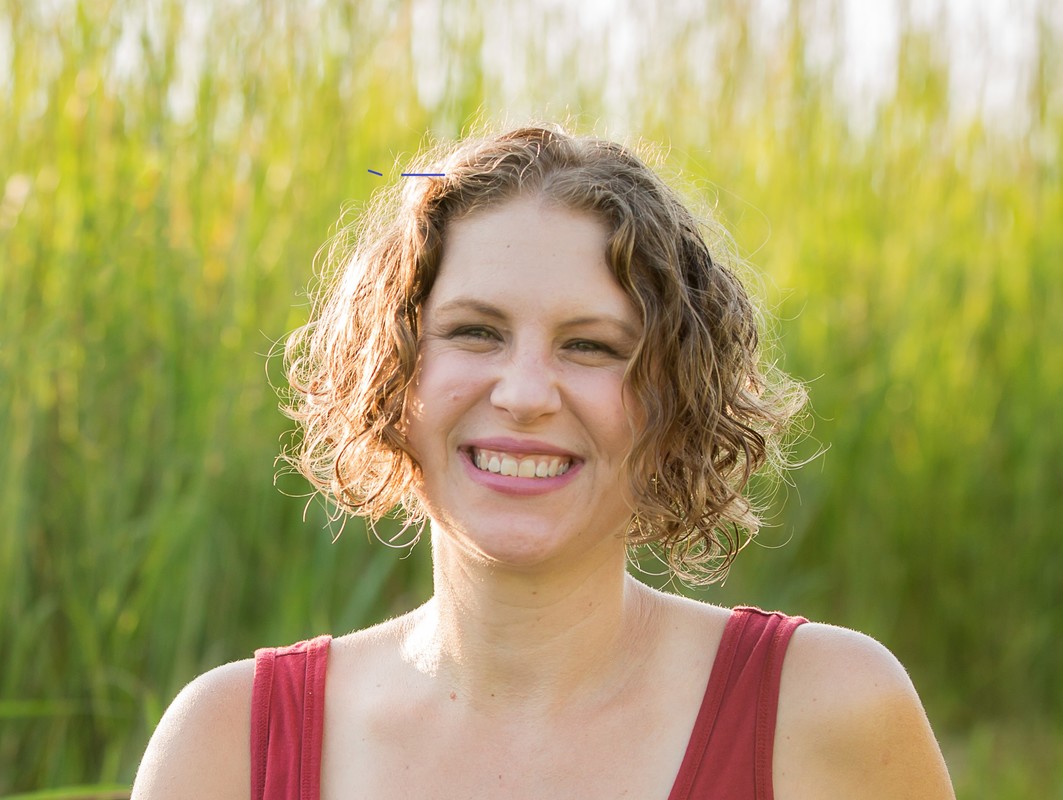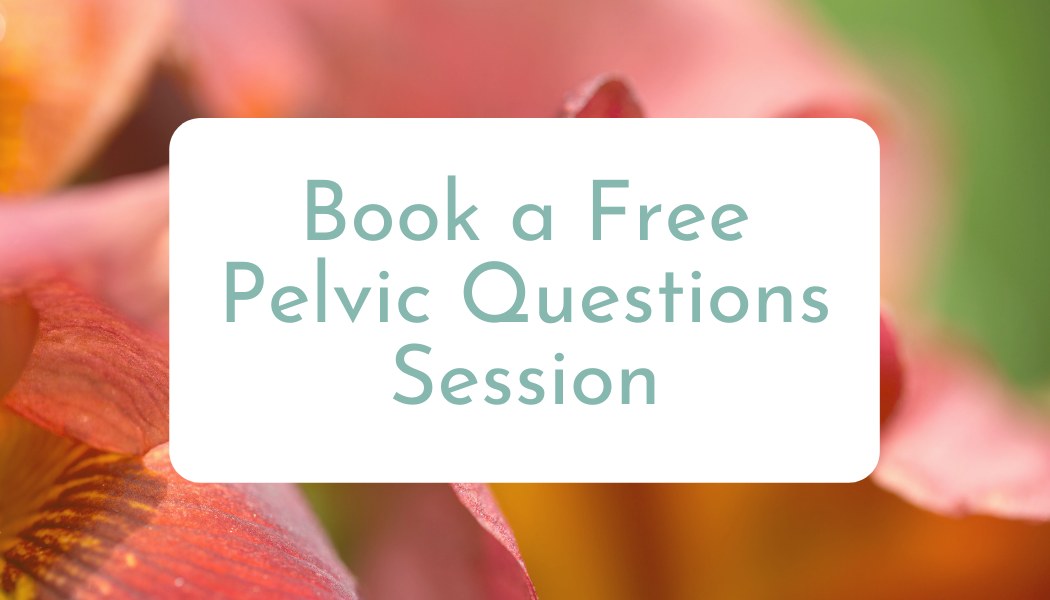|
Ok. You sat. You pondered. What did the plant say?
Here, I'll go first. Do you think this challenge is a ridiculous waste of time? Or did you read it and think, Oh that seems a lovely notion!, and go on with your day? I was like both of you, once. The first time I did this exercise, in my first year of Herbal studies, I went into my teacher’s garden and sat by this shrubby thing. It wasn't a tree, exactly- there was no trunk, just a collection of bendy stems maybe 8 feet tall. There had been flowers earlier, and berries too, but now it was just leaves and coolly green. I got comfortable on the lawn in front of it. And I waited. For anything. I looked at its bark, the leaves, the ground it grew in. I breathed, closed my eyes, opened them, lay down, sat straighter. It felt absurd. I wasn’t having visions, or hearing voices. I was bored, and all I wanted to do was climb the silly thing. This flexible collection of overgrown branches looked so enticing I just wanted to crawl inside it and wrap myself around the stems. Which was of course unreasonable, it could never support me, so I trooped back inside with my classmates, annoyed. And found out this shrub is Elderberry, literally the Elder of the garden, watching over everything. It has Grandmother energy, and I had wanted to give it a hug SO BAD that I almost cried. My own Grandmother had died tragically in a car accident only a few years before, my life was upside-down, and I had been feeling so alone and without the support that she would have given, in the form of a Dutch Apple cake and just saying nice things to me. So when I challenge you to go sit with a plant, and you do it, don't "judge" or "assess" or "define" what happens. Because who knows what is happening? This is how you begin forming connections, by not being in charge of the connecting. Let go, and see who or what introduces themselves, if you’re quiet enough to hear them.
0 Comments
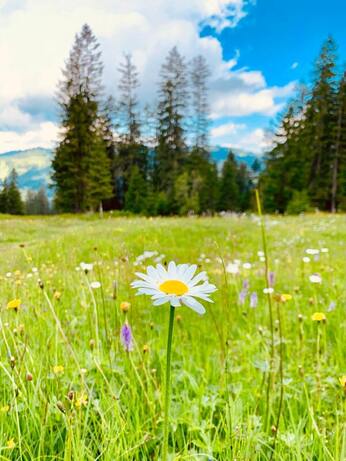 Do you have plant connections? A favorite tree, or a culinary herb that always makes you smile, or a spring flower that reminds you of your childhood cat? Did you ever have connection, but have since lost it? I had a rich inner-life as a child. No imaginary friends, but I spent long days playing in the woods, creek, fields, and grass on the 80 acres I grew up with. We didn’t have close neighbors, but there was plenty of “scope for imagination” on that land. There was the stand of hemlock trees that became a whole pretend house, and the one spot where you could cross the creek on a fallen tree, and the white pine that I suddenly couldn’t climb anymore when I grew faster than it did. I knew where the lawn changed to moss, back by tree line where the old swing set was, and where the mysterious hole was below the tiger lilies, behind the house. I knew where the spring surfaced, and where it collected into a magical pool that was covered by watercress each spring. And I always knew exactly where I was, and how to get back home. After high school I went away to college and jobs and apartments and while I sometimes reflected on that time I spent “before”, it was background to my new reality of responsibilities and adulting. Until I went to an herbal conference back in some hills that echoed the hills I used to know. At the end of the day, driving back in the sunset, the landscape hit me so hard that I wept right there behind the steering wheel. I suddenly felt the enormous reality that where I now lived wasn’t “home”, and that I desperately missed those hills I used to call home. But my life isn’t there anymore, and I needed to find ways to start recognizing my new home in that same deep way. I had to rediscover my ability to make friends with trees and rocks, and reconnect to my present world. (And in this process of rediscovery and reconnection, I remembered my Herbalism. At its heart, my teaching of both Pilates and Herbal Medicine is driven by my passion to help you recognize and identify these small voices without words, that guide you to connect both inside and out.) There are lots of ways to deepen your connection to plants, to learn to recognize them outside and to learn what they do inside you. There are classes, walks, talks, books, videos, apps, all sorts of ways to get more information. But I challenge you to do this one thing:
Memories? Observations? Random, unconnected, meaningless thoughts? (Of course they're not! But we'll get to that.) Really, get going. I'll wait. One of my herb teachers didn't really teach us about herbs. She said, Here's good books, look 'em up. But then she taught us herbs. She taught us how to see them and hear them and feel them. We had to do our own research and learned how to use those books, since Herbalists talk in their own language sometimes. And she taught us what she had learned herself, from the herbs. This is how I feel about many of my favorite plants. There are great herbals out there, written by insightful people. There are repetitious herbals too, full of parroted information, some from long ago. And there are some wacky books, pieced together by people or publishers who wouldn't know an Artichoke from an Arnica. Instead of reinventing the herbal wheel, here are my herbal library favorites,, and I'll share what I've learned about these herbs myself. Burdock root (Arctium lappa) is also known by the Japanese name Gobo, and that's usually how I get mine- 3 or 4 roots about the thickness of medium carrots that are at least 3 feet long, shrink wrapped together at the local Asian market as Gobo. (It's also sold dried, from Mountain Rose and Herbiary.) They are beige, darker than parsnips, with slightly darker cores. Usually I either cut them into rounds and simmer them in a stock pot of water for 24 hours or so, or I'll make ribbons with a potato peeler and stir fry them. Either way, I've found they oxidize and turn brown quickly once they're peeled, but this doesn't affect anything. The taste of Burdock was unexpected the first time I had it. Burdock is generally considered "a Liver herb", in that it helps your liver (a vague and squiffy description!) Most of the time "liver herbs" are bitters, a topic I discussed here. But not Burdock. Burdock is sweet, in the herbal tradition that refers not to sugary, syrupy, cloying sweetness, but to nourishing, grounding, and satisfying. Homemade chicken soup, freshly cooked rice, and nuts are other savory foods that fit this description, in my mind. This makes me think about the "Liver" attributes, and about its infamous burrs. If you've ever walked the forest's edge, you've probably met Burdock. It's a biennial, which means it grows low and leafy the first year, then huge and sprawling to send out seeds the second year. First year plants are the ones harvested for the roots, which grow large to help it survive winter. I've heard of people digging Burdock roots 10-14 feet long, and the accompanying pits they have to fill back in after! First year Burdock leaves are often quite huge too, and I've seen them tied on heads as makeshift hats- it's a great look. Second year plants grow UP. Last summer I saw one several feet taller than me (pics below don't really do it justice, I was holding my camera up high). This is when we get burrs. Little round globes of hooks that inspired Velcro, tangle everrrrrything that comes near, and apparently contain seeds that are also medicinal- though whoever puts themselves through the trouble of harvesting them might be a little, um, devoted. The fierce presentation of Burdock- massive leaves, aggressive burrs, long taproots- really belies its taste and energy. It puts me in mind of Mrs. Rachel Lynde. Have you read Anne of Green Gables? (If not, you are missing out!) Mrs. Rachel Lynde is big, outspoken, in everyone's business, and the first one to deliver a handmade blanket to a new baby or a meal to a sick family. The Liver has so many jobs and responsibilities, and sometimes its filtering duties get neglected. This leads to rashes, breakouts, and lots of other skin and joint issues as toxins and debris build up in the blood and are pushed out through the skin- think of Lucy in the chocolate factory, or water spilling over a levy. Rather than truly stimulating the Liver like other traditional bitter herbs, I think Burdock is in the blood doing the dishes and the laundry, so to speak. I feel like truly bitter herbs give the Liver a kick in the pants, which can be very helpful, whereas Burdock quietly comes over and mows your lawn when you've just got too much else on your plate. It's an excellent gentle tonic, a concept Western medicine is missing but which means to help the body mend, rebuild, and return to healthy normal functioning. Very often our Western baseline test is "Can I function?" Long term help from Burdock would help change that question to, "Am I at the top of my game?" which many people haven't felt in so long I wonder if they'd recognize it. Here's what it looks like: You + coffee = wired (from caffeine) + poop (from bitter) This is what our Western expectations are. Fast, concrete results and damn the caffeine addiction! You + Burdock= You No noticeable change today, or tomorrow. But months from now someone will comment on your clear skin, your glowing vitality, and you'll think- It must be all the Burdock! You won't have noticed the gradual improvement in your skin, or stress management, or ability to digest rich foods or recover from excess sugar or alcohol. It's just gotten better. 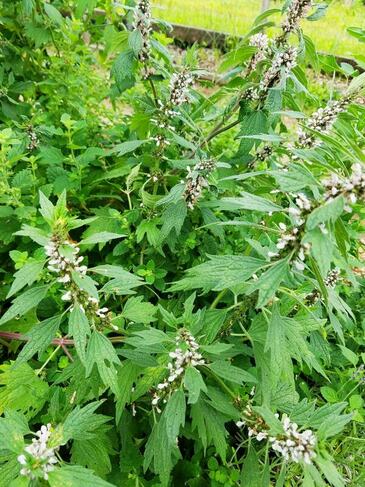 Meet Motherwort! My herbal teacher Maia Toll used to talk of a certain kind of energy, best likened to a cast iron skillet upside the head 😉 You know what I mean. Motherwort is one of my favorite cast iron skillets. And she has the best name: Leonurus cardiaca, Lion Hearted! Intensely bitter, she will make you swing your head away from her tincture like you've been slapped. But, well, sometime we need that. She's very grounding, a reality check. But at the same time, she's that gruff grandmother who will also envelop you when you truly need comfort. She's an herbal hug, caring for your heart and soul, ready to swat your dupa when it's time to get back on track.
Up close, her flowers look like tiny lion's heads, jaws open in a roar, fangs exposed. She's good heart medicine ♥ and I love her almost even more as emotional medicine. We all need this kind of unconditional and tough love sometimes. I've written about Plantain before, here and here! Not the starchy banana-like vegetable, Plantago is a very common lawn weed. You've seen it, I promise. The narrow-leaved P. lanceolata, or Lance-leaved Plantain, forms flower stalks with a cone shaped head. These are the things that simply bend down when the mower passes over, then spring right back up again, towering over your freshly cut lawn. Broad-leaved P. major forms a rosette closer to the ground, and a flower stalk that is fat and all flowers then seeds. Kids find it fun to rub their thumbs up the stalk, showering seeds in all directions. Plantain draws. Externally, it pulls out splinters, glass shards, bee stingers, infections, toxins, dirt, and anything else that shouldn’t be in there. Chew it when you have a toothache or abscess to draw out the pus, while you wait for the dentist. Make a “spit poultice” by chewing up a leaf and slapping it on a bee sting- YES this is a real thing! And it works, I’ve had to do it for a Nettle sting. Plantain features in all first aid healing oils and salves. It is soothing, cooling, and healing to wounds, and it will stop bleeding though maybe not as well as Yarrow so you might combine the two if bleeding is a problem. Internally, Plantain draws moisture and nourishment back to tissues. Dry, pinching, tired, stagnant areas like the GI tract (think IBS to hemorrhoids) and the liver benefit from Plantain’s large vitamin and mucilage (that’s where mucous comes from, use your imagination!) content, as a juice, as a food, or as a tincture. As a salad green, Plantain must be picked VERY young and chopped finely. In her Medicinal Herbs book, Rosemary Gladstar gives a recipe for a Plantain Power Drink, a smoothie of nutritive herbs, pineapple juice, and a banana. Sounds delicious, but so far my taste testing has occurred on weed walks just to prove it’s edible, and to harvesting the seeds to make my own seasoning like a Gomaiso- Sesame seeds, Plantain seeds, salt, Milk Thistle, Nettle, and Thyme (more details on this blog post) Petaled Sunshine Calendula is a classic remedy for skin ailments, helping heal in a gentle steady way. She's also a classic lymph mover, with the same energy, I feel. She's the draught horse, getting the deep work done. Or a nurse, kind and gentle but firm and inexorable. I have been using her infused oil topically with internal issues too. On the abdomen during difficult periods or over irritated intestines, on the jaw during my tongue-tie pain, on a joint when there's an -itis going on. Helping to keep the inflammation fluids (aka the healing process) moving, helping repair, bringing brightness & cheer. She's easy to grow, abundant with flowers, and generously reseeds. Her resinous medicine under the petals dissolves best in an oil, but bath or tea water works well too. Lymphatic Support and Sunshine Think of Calendula as bringing sunshine into your lymph system. Did you know your lymph doesn't have a pump? Its movement relies on your movement- muscle contractions. When you don't move so much, or have too much trash (from illness) for lymph to move, things can stagnate and congeal- you've seen it happen in the fridge, or overnight in the kitchen sink. With Calendula, fluid thins and flows, debris is carried away, congestion eases. Shining light into dark corners chases away monsters. (This is a METAPHOR people! If you want to learn about lymph physically check out @stopchasingpain) Traditionally Europeans called this herb Pot Marigold. A 'pot herb' was a common ingredient in the dinner pot. Calendula helps prepare the immune system for a winter cold by cleaning out the old stuff, so it was harvested and dried all Summer to prepare for this. Fresh or dried, flowers and leaves can be made into a tea, or used directly on the skin, or infused into good oil. Dried flowers into tincture, bath mixes, hydrotherapy edema soaks. Also homeopathic creams/gels/tablets. 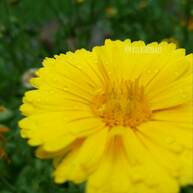 Skin Love Topically, Calendula is a healing wonder on all types of cuts, nicks, scratches, burns and other damage. It has some immune stimulants, so it can prevent infection and inflammation. But it also encourages lymph, so any grossness or heat is moved on outta there which also helps healing. Matthew Wood also says it's salty, which helps soften skin and prevent hard wounds and scar tissue (Earthwise Herbal, p155) My teacher @maiatoll tells a story of a bad kitchen accident. The open wound was packed with Calendula and the wounded was driven a looooong 1.5 hrs to the hospital. By the time they arrived, the wound was closing, healing. I also use Calendula topically to influence the lymphatics and drainage of inflammation and distress under the skin. Glands, organs, bruises, general internal cranky spots. Calendula is most often infused in an oil, because its medicine, in the resinous underside of the flower tops, dissolves best in oil. Tea, tincture, and bathwater applications are also possible. Read No You Don’t Need A Liver Cleanse! Not A Detox Program Either! I'll wait...
OK, good. We got that straight. Now, I love this time of year. Everyone has their own special take on traditions, and my family is no exception. We have a Slovak Christmas, a dinner called Vilija with mushroom sauerkraut soup, homemade pierogies, a fish, peas, green jello and pineapple (hey now don't judge) and ohmygosh the cookies. The big focus is on sharing, so yesterday when the exterminator came my mom gave him a baggie of cookies along with his check. Everybody gets included! After I get home there's a couple parties, and some "special" eggnog that'll knock your socks off, and who knows what else. It's a fun, adventurous culinary holiday, lovingly made and generously shared, that is not well suited for daily life. After the holidays I'm going to restart some physical and food choices that fell by the wayside this year. My goal is to improve my elimination, heal/repair my nervous and digestive tissues, and feel rested, clear headed, and inspired more often. Do you want to Overhaul with me? Since I’m planning this out ahead of time and being more methodical, I thought some of you might want to join me for the ride. Here’s what we’ll do, from December 31 to January 20:
I’m offering you the inside scoop on my annual New Year’s Overhaul. You’ll learn what I’ve been doing (abdominal breathing! intermittent fasting!) and all the deets on some new things I want to try (lymph support! meditation!) There will be herbs, fermented foods, exfoliation and dry brushing, digestive support and poop talk, gut health and sweating. Simply put, we’ll try some new habits on for 3 weeks and see what sticks, while minimizing the demands put on our bodies. Want to take part? 3 weeks of plans and descriptions, plus my support, delivered early so you have time to prep, is $30. Sign up HERE, and look for your welcome email. I am traveling this week so you may not get it same day. I look forward to going through this with you! 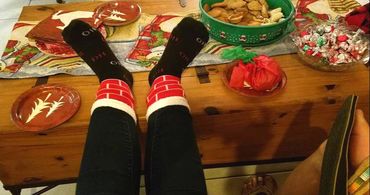 Welcome to December, the waning of our year. It's not just our calendar that come to an end; we'll pass the Winter Solstice in a few weeks to mark the longest night and the lengthening of our days again. It seems strange to me that as this happens Winter is only beginning- shouldn't this be the middle of the season? But a favorite quote of mine says, "As the days begin to lengthen, the cold begins to strengthen" so let's settle in. As I write I'm in Florida with my family, and we're celebrating Christmas early with our Slovak tradition called Vilija. It includes sauerkraut soup, pierogies, and lots of cookies. So let's talk about digestive bitters! Here's a repost from just a little while ago, describing the benefits of digestive supporters like Bitters, Enzymes, Apple Cider Vinegar, Probiotics, and Herbs. I always show up at holiday events with at least a travel-sized bitters spray in my purse, and after just one or two samples at a homemade food fest most of my friends are converts! #herbnerds In the world of herbal potions, an elixir is at the top of my list. They're yummy, sweet, and are a fantastic way to capture the beauty of a fresh plant, not just its medicine. Here's how I made a Tulsi Elixir, but you can use all sorts of herbs- for example, try fresh Chamomile! This is a great time of year to make elixirs because any outdoor plants are about to die back for the winter, and potted plants moving indoors need haircuts too, so there's one last harvest available. Fresh Tulsi Elixir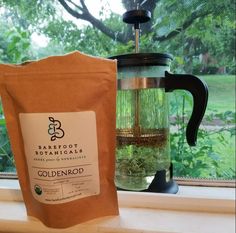 Meet Your Weeds: Goldenrod No, Goldenrod isn't Ragweed! It is true that when Goldenrod's bright yellow froth sweeps over roadsides, the tiny, unassuming Ragweed blooms too, and causes sinus misery all over. However, Goldenrod is actually a great remedy for Ragweed allergies, among other complaints. On one of our recent hot, swampy, rainy days I tried the loose Goldenrod harvested locally by Barefoot Botanicals in Doylestown. It has a unique flavor, almost menthol and refreshing, and it felt dry. (You know what that means- wine can be dry or sweet, spinach feels mineraly on your teeth, butternut squash soup feels soft and moistening. This tea felt the opposite of the swampy day.) The next morning, the boyfriend whumped down on our couch. He had sniffles (maybe allergies, maybe a little cold), a sore neck from sleeping funny, and a slightly upset tummy. Goldenrod tea to the rescue! And it worked. Goldenrod tones mucus membranes- if they're loose and drippy, it'll tighten them up, and it's anti-microbial. This works in the nose and in the belly, and in fact it's been used for ages in the Urinary system too. The awesome thing is, his sore neck felt better too. Goldenrod has a long history with pain relief, although it's usually infused in oil and applied to the sore muscle or joint or area topically. How do you get Goldenrod? Right now is prime harvest time, so local growers like Barefoot Botanicals might not have any in stock till it gets cut, dried, bagged and tagged. Or you might find some in person- visit your local farmer's market! Picking your own is a fun, easy entry into foraging. Get a good field guide, like Petersons Edible Wild Plants or Medicinal Plants. Always use a guide when foraging. Rebecca Altman of Kings Road Apothecary describes what to do next with your bought or foraged Goldenrod: Gather the flowering tops, plus about 3-10 inches (depending on how big your plants are; ours here are quite short), on a warm, dry day, and make sure they are DRY. Then chop them up, into 1/2 inch pieces, and cover with an oil of your choice. I like coconut oil, castor oil, sesame oil, or jojoba oil for external use, but you can use what you have on hand. Now, heat it slightly. I do this in a crock pot and keep it at a steady low temperature but you can do it on the stove if you can make sure it doesn't boil. Yogurt makers also work... Steep for 5 hours or up to 5 days, and then strain and put in a bottle. And there you have it, homemade pain relief oil, made from stuff you can pick on the side of the road. Although I'd recommend someplace cleaner, like a park or preserved farm field. *may have affiliate links |
Fun Fact: I'm an herbalist and a movement coach. Not a doctor, or a pharmacist, and not pretending to be one on TV.
This is a public space, so my writing reflects my experiences and I try to stay general enough so it might relate to you. This does not constitute medical advice, and I encourage you to discuss concerns with your doctor. Remember, however, that the final say in your wellness decisions are always yours- you have the power to choose, you are the boss of you. And, some of my posts may contain affiliate links. If you make a purchase through them I'll earn a few cents. Thank you for supporting my work. This website is provided for educational and informational purposes only and is not medical, mental health or healthcare advice. The information presented here is not intended to diagnose, treat, heal, cure or prevent any illness, medical condition or mental or emotional condition. Working with us is not a guarantee of any results. Paula Billig owns all copyrights to the materials presented here unless otherwise noted. Categories
All
Archives
July 2021
|
|
info @paulaswellness.com |
DisclaimerThis website is provided for educational and informational purposes only and is not medical, mental health or healthcare advice. The information presented here is not intended to diagnose, treat, heal, cure or prevent any illness, medical condition or mental or emotional condition. Working with us is not a guarantee of any results. Paula Billig owns all copyrights to the materials presented here unless otherwise noted. |

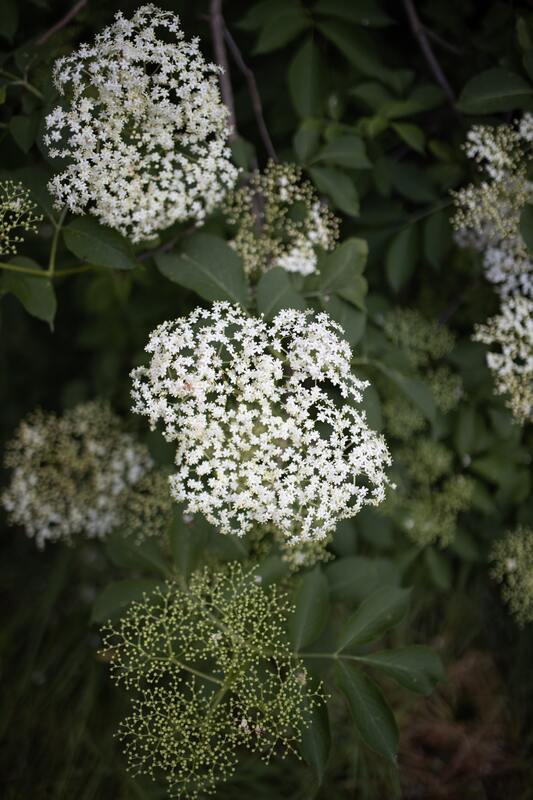
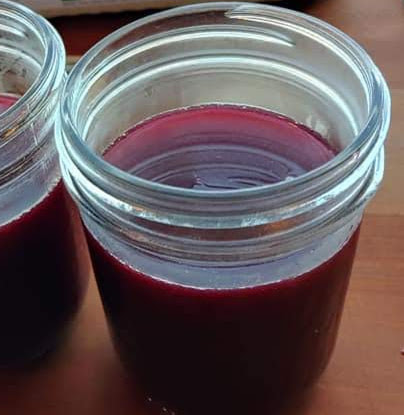
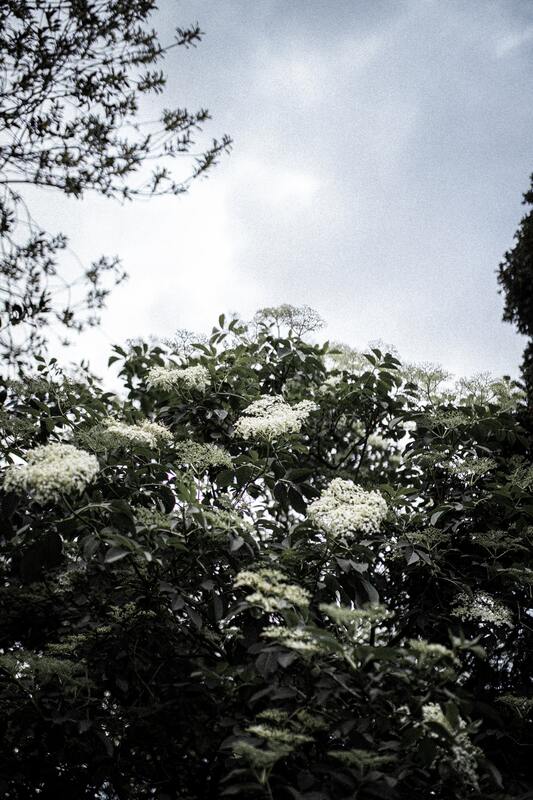
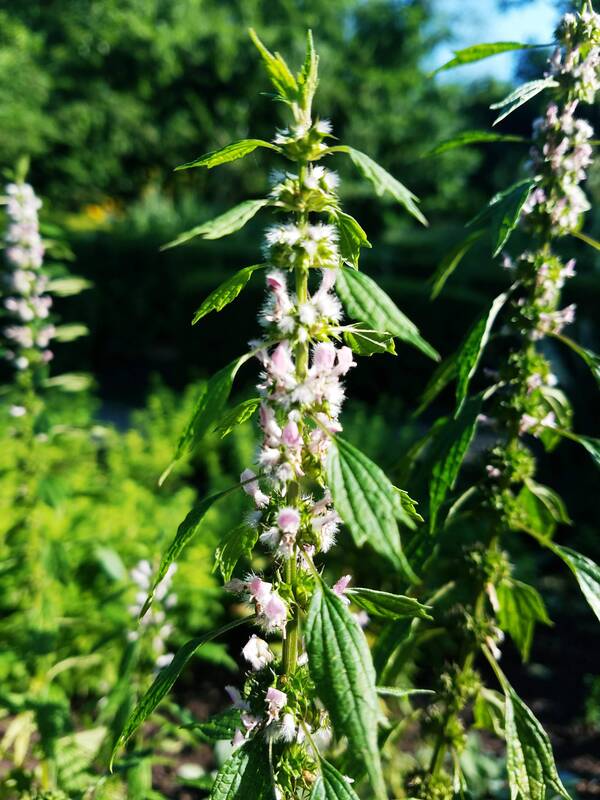
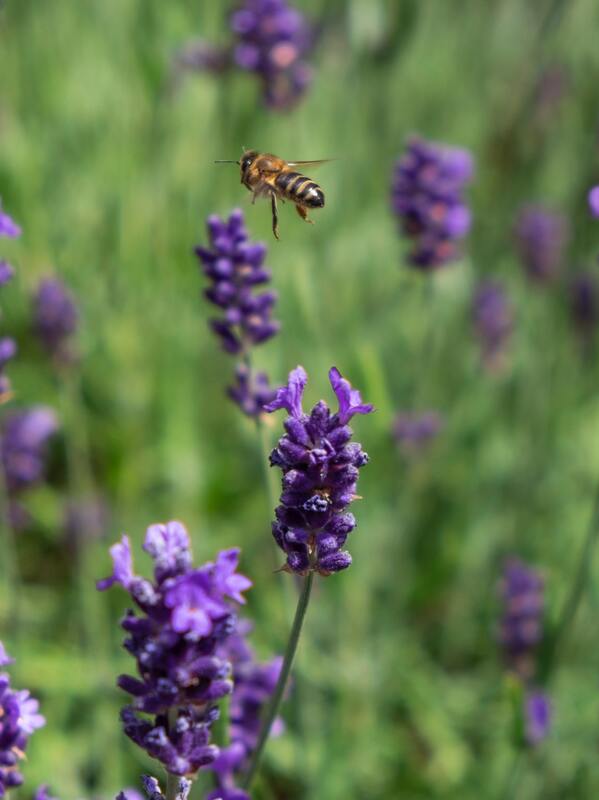
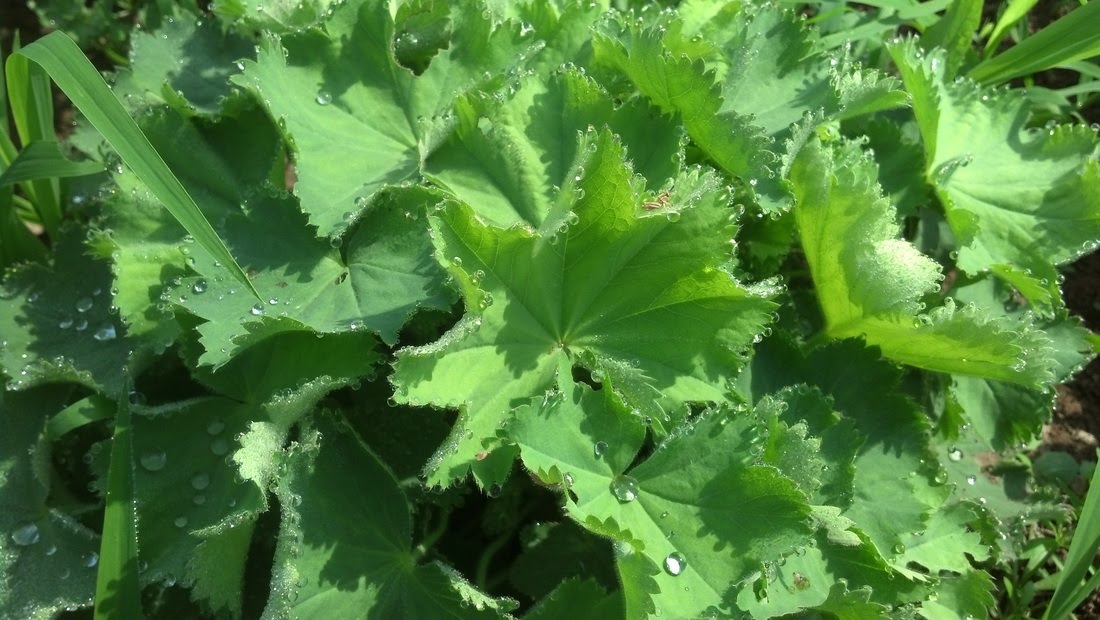
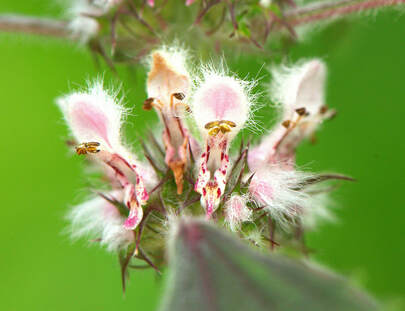
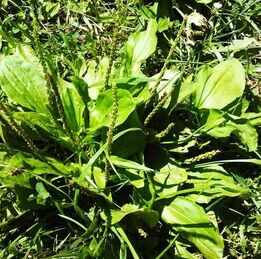
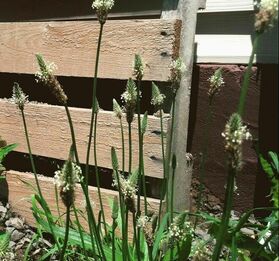
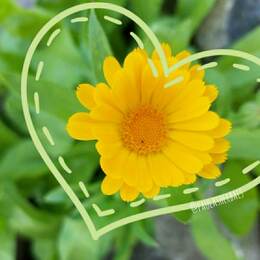
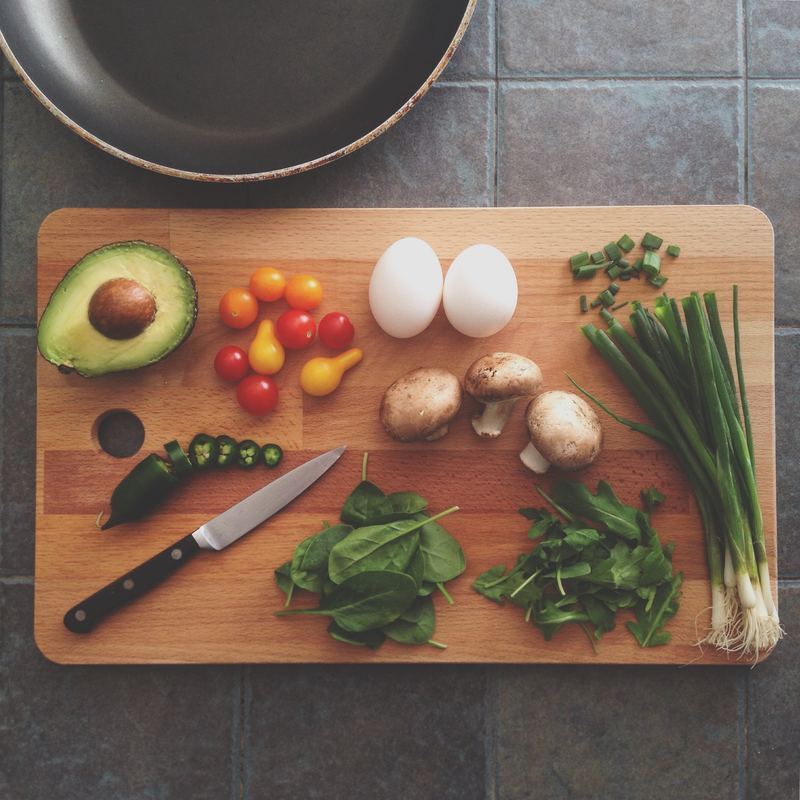
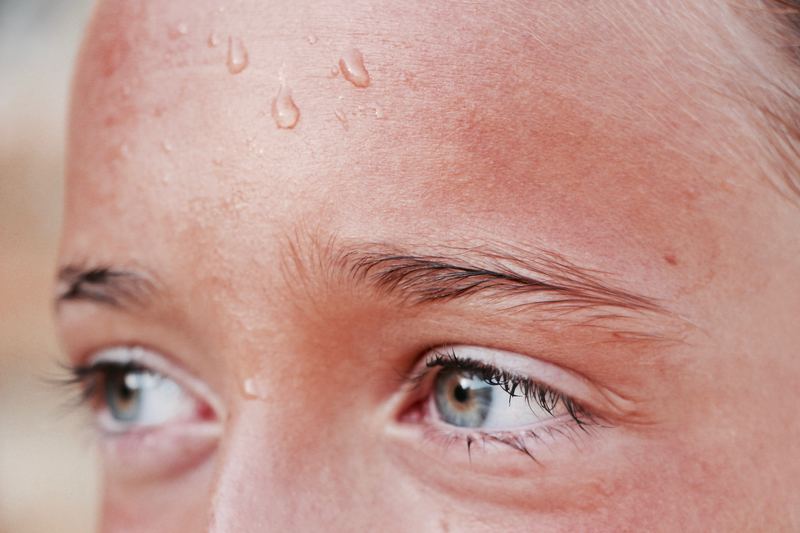

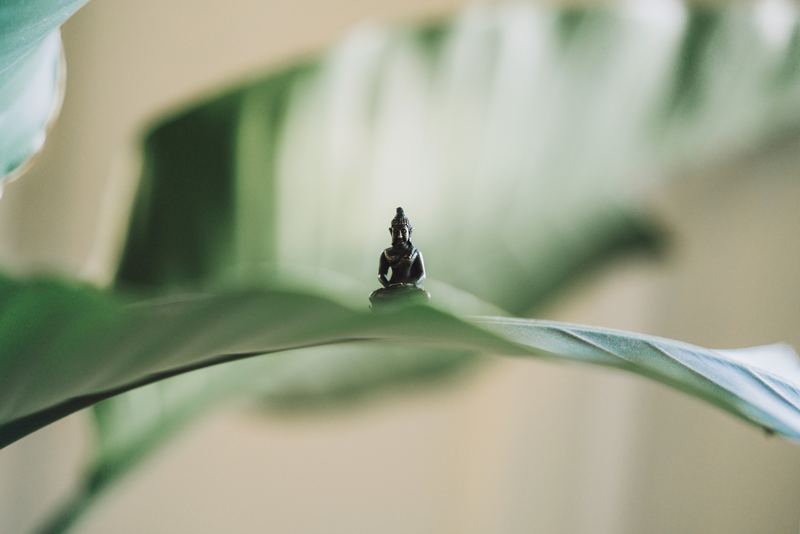
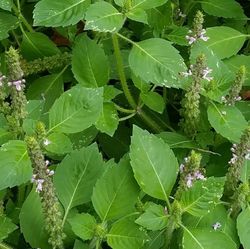
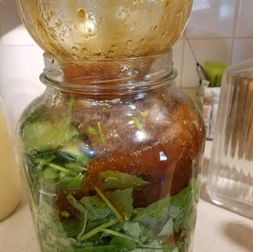
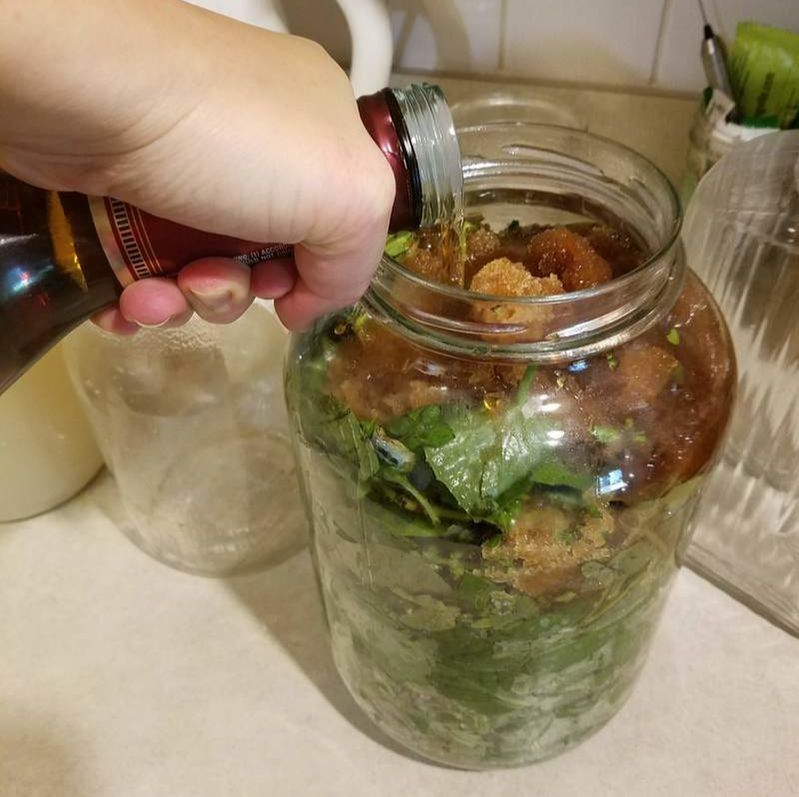
 RSS Feed
RSS Feed
